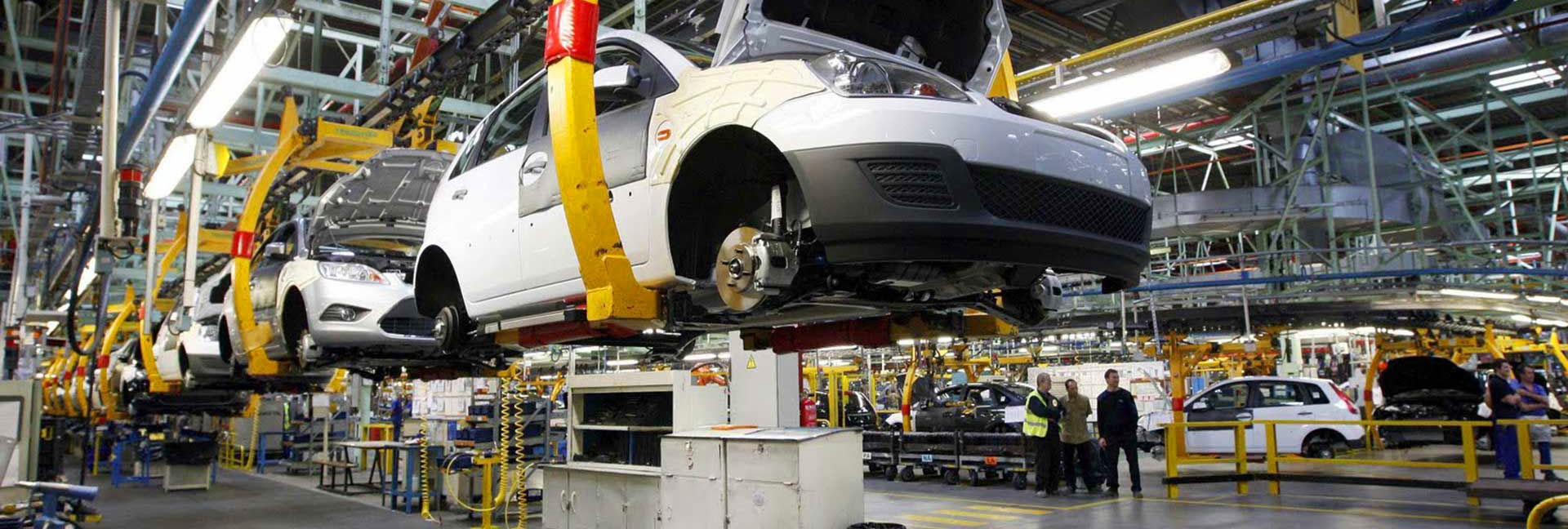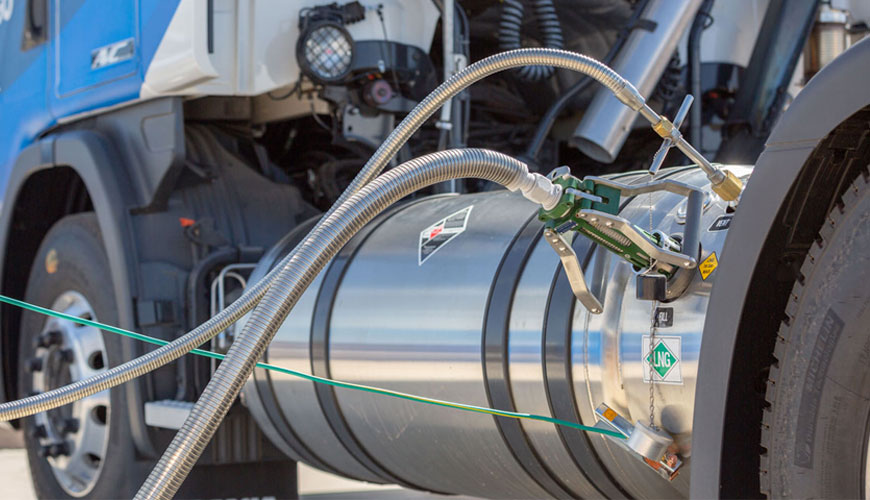

FMVSS 301 Barrier Impact

The FMVSS 301 standard applies to passenger cars and MPVs, trucks and buses using fuel with a boiling point above 0 °C. In any stationary or mobile barrier crash test, fuel spillage should not exceed 28 g until the vehicle stops moving without impact, and a total of 5 g within the 142 minute period following the cessation of movement. For the next 25 minutes, the fuel pour in any 1 minute interval shall not exceed 28 g.
FMVSS 301 Rolling
This standard applies to passenger cars and MPVs, trucks and buses using fuel with a boiling point above 0°C. In any rollover test, the fuel spill from the start of the rollover should not exceed 142 g total in the first. 90 minute test at each consecutive 5° increment. For the remaining test period, the fuel pour at any 90 minute interval shall not exceed 1 g at each successive 28° increment.
The test configuration specified by the National Highway Traffic Safety Administration (NHTSA) is shown in figure 1. The MDB is retracted to its longitudinal axis at a crab angle of 27. This configuration aims to simulate a striking general vehicle traveling at 48,4 km/h, perpendicular to the side of the crashed vehicle traveling at 24,2 km/h. The crab-angle configuration allows simulation of a two-vehicle side impact, both in motion, using a simplified test method where only one vehicle is in motion.
Our EUROLAB testers provide a range of technical advice, certification and testing to help you achieve FMVSS compliance to ensure you can access the US automotive market. You can contact our laboratory for all FMVSS and FMVSS 301 test standards.
To get an appointment, to get more detailed information or to request an evaluation, you can ask us to fill in our form and reach you.